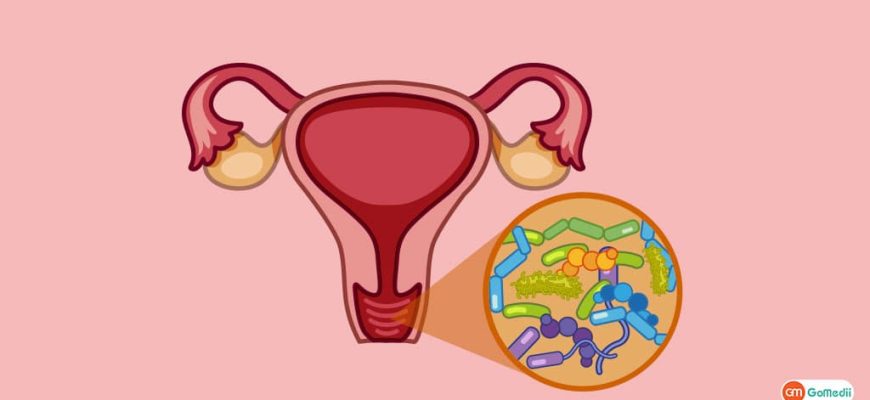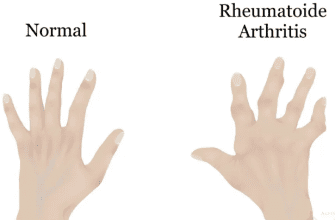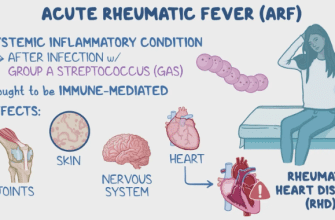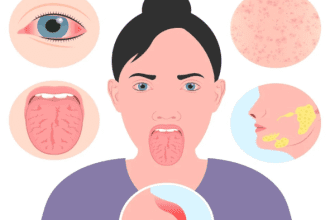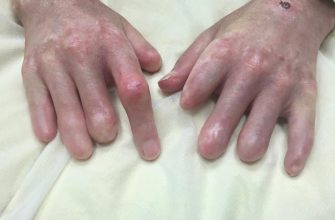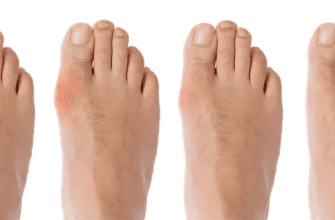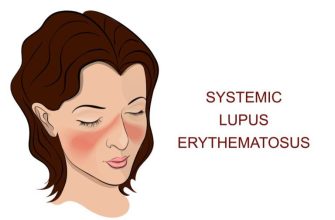Colpitis, also known as vaginitis, is inflammation of the vagina, often due to infection, irritation, or hormonal changes. It can cause discomfort, discharge, and itching.
Contents
Causes
Colpitis is classified based on the underlying cause:
1. Infectious Colpitis
- Bacterial vaginosis (BV) – Overgrowth of harmful bacteria (e.g., Gardnerella vaginalis)
- Yeast infection (Candidiasis) – Candida albicans overgrowth
- Trichomoniasis – Sexually transmitted parasite (Trichomonas vaginalis)
2. Non-Infectious Colpitis
- Atrophic vaginitis – Low estrogen (menopause, breastfeeding) leading to thinning vaginal walls
- Chemical irritation – Soaps, douches, spermicides, or scented products
- Allergic reactions – Condoms, latex, or semen
Risk Factors
- Sexual activity (new partner, unprotected sex)
- Antibiotic use (disrupts vaginal flora, increasing yeast risk)
- Hormonal changes (pregnancy, menopause, birth control)
- Diabetes (increases yeast infection risk)
- Poor hygiene or excessive washing (disrupts pH balance)
- Weakened immune system (HIV, steroids)
Symptoms
- Abnormal vaginal discharge
- Yeast: Thick, white, “cottage cheese-like”
- BV: Thin, grayish, fishy odor
- Trichomoniasis: Frothy, yellow-green, foul-smelling
- Vaginal itching or burning
- Pain during sex (dyspareunia)
- Redness/swelling of vulva
- Burning during urination
Diagnosis
- Medical history & symptom review
- Pelvic exam – Checks for inflammation, discharge
- Vaginal pH test
- Normal pH: 3.8–4.5
- BV/Trichomoniasis: pH > 4.5
- Microscopic exam (wet mount) – Identifies yeast, bacteria, or parasites
- Culture or PCR test – If infection is unclear
Key Differences Between Types
| Type | Discharge | Odor | pH | Microscopy Findings |
|---|---|---|---|---|
| Bacterial Vaginosis | Thin, gray-white | Fishy | >4.5 | Clue cells |
| Yeast Infection | Thick, white | None | 3.8–4.5 | Hyphae/buds |
| Trichomoniasis | Frothy, yellow-green | Foul | >4.5 | Motile trichomonads |
| Atrophic | Minimal, watery | None | >5.0 | Few lactobacilli |
Treatment
1. Infectious Colpitis
- Bacterial Vaginosis (BV):
- Metronidazole (oral or gel)
- Clindamycin (cream or suppository)
- Yeast Infection:
- Antifungals (fluconazole, clotrimazole cream)
- Trichomoniasis:
- Metronidazole or Tinidazole (single dose)
2. Non-Infectious Colpitis
- Atrophic vaginitis:
- Vaginal estrogen (cream, tablet, or ring)
- Irritation/allergy:
- Avoid triggers (scented products, douching)
- Use hypoallergenic lubricants
Complications
- Recurrent infections (chronic yeast or BV)
- Pelvic inflammatory disease (PID) – If untreated STIs spread
- Increased HIV/STI risk (inflamed tissue is more vulnerable)
- Pregnancy risks (preterm birth with BV)
Prevention
- Practice good hygiene (wipe front to back, avoid douching)
- Wear cotton underwear & avoid tight clothing
- Use condoms to reduce STIs & pH disruption
- Limit antibiotics when possible (disrupt vaginal flora)
- Probiotics (may help maintain healthy bacteria)
Prognosis
- Most cases resolve with proper treatment
- Recurrence is common (especially with yeast or BV)
- Chronic cases may need long-term management (e.g., estrogen therapy for atrophic vaginitis)
